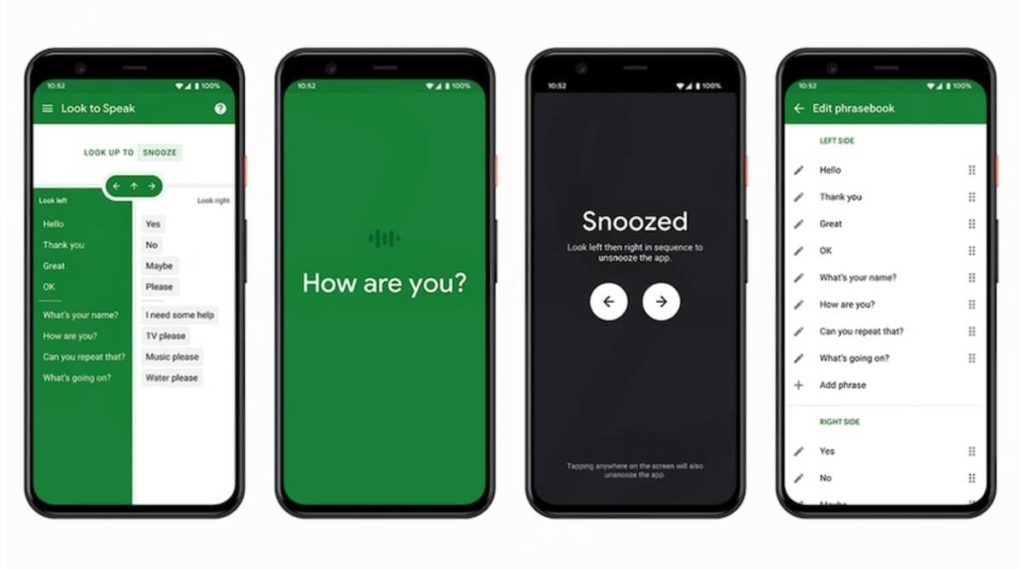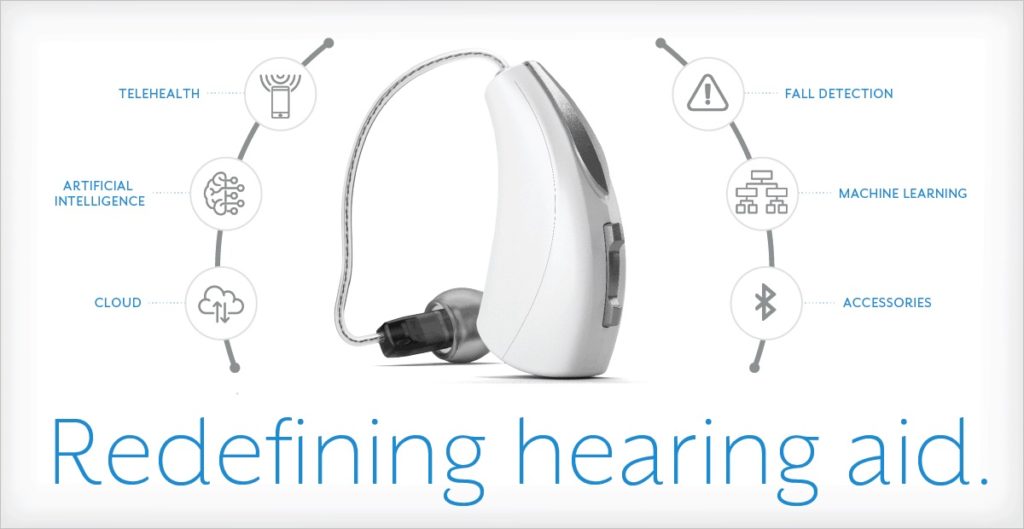Technology is an outstanding way to change the lives of people with disabilities. With the emergence of Artificial Intelligence, many research pathways that concentrate on improving the lives of people with disabilities have opened up.
For example, Facebook’s Artificial Intelligence model assists blind people in viewing images. It reads out the contents of an image to a blind person, so the user who uses the screen reader gets an understanding of what is going on in the picture.
This is similar to OrCam, a Jerusalem-based company which has developed a device that can read full pages of text aloud from any printed or digital device. This includes content from newspapers, books, computers, or smartphones. OrCam seeks to help people with reading disabilities such as dyslexia, mild to severe vision loss, reading fatigue, and even those who read large volumes of text.
The ‘Look to Speak’ software from Google uses machine learning and computer vision to allow users to control their devices with their eyes. The function helps users pick characters, sentences, phrases, or actions from a preset list, by only shifting their eyes up, down, left, or right.
Look to Speak utilizes the front-facing camera of a device to detect where the user is looking. So, you have to position the cellphone barely below the threshold of focus, calibrate the settings of eye-tracking, and take a few phrase tests to get a feel for how the software functions.

Industry leaders such as Microsoft have initiated a five-year program called ‘AI for Accessibility,’ with an investment of US$25 million, aimed at putting Artificial Intelligence in developers’ hands to offer AI solutions to the differently-abled and making the world more accessible.
They not only assist people with physical disabilities but also help those struggling with learning problems or mental health issues. Microsoft’s Windows Hello uses biometric login to help those with dyslexia, who might struggle to remember passwords. AI chatbots like Woebot and Wysa guarantee the convenience of consultation for mental health woes 24/7.
People suffering from epilepsy may have seizures from flashing lights and animations. This is why a web usability platform, accessiBe, helps epileptic patients disable different forms of animation, such as GIFs and videos, helping them quickly navigate the web without any worries. Voiceitt is an app that uses machine learning to pick up the distinctive speech patterns of speakers, detect any mispronunciations, and correct them before an audio or text output is generated.
This is especially useful for someone suffering from any kind of speech impediment, including temporary ones like a stroke to more long-term ones like Cerebral-palsy or Down’s syndrome. Designed by Starkey, an AI medical product manufacturer, Livio AI is a hearing aid that can improve the hearing experience by soothing all external ambient noise and monitoring health-related data to enable patients to request assistance during emergencies.

Autonomous vehicles also pledge to have greater mobility than ever before for people with disabilities. Once self-driving cars are completely incorporated into the society, it will be a resourceful advantage for people with conditions preventing them from driving. Such individuals will no longer have to rely on others or on public transport.
Most medical screening methods for early detection of learning disabilities like dyslexia or dyscalculia are highly ineffective at accurately detecting these disorders. The Australian startup Dystech has developed a screening app, built on the Amazon Web Services (AWS), for early detection of these disorders.
For dyslexia, the software uses audio recorded datasets from both dyslexic and non-dyslexic adults and children to train the AI and depends on users speaking aloud words that appear on the screen during assessment using their mobile device.
Many medical assistance applications have been created to assist doctors in making an accurate diagnosis. They take in the patient’s symptoms as inputs and make predictions on what the disease may be, as well as prescribe medication. This works as a nice backup assistant in case the doctor is unsure of how to proceed.
Overall, the technology used to support individuals with disabilities has been brought to a whole new level by Artificial Intelligence. It can be used in a whole myriad of applications, and the options are limitless. The future is brimming with thrilling possibilities!
Further Reading-


